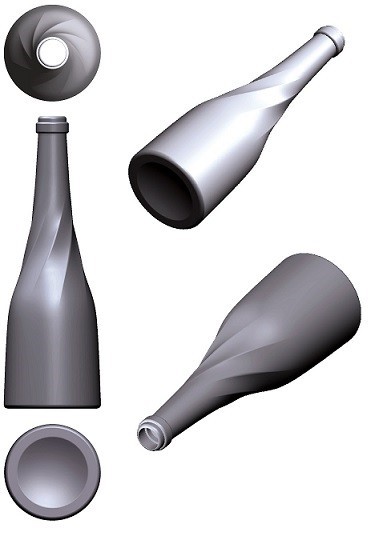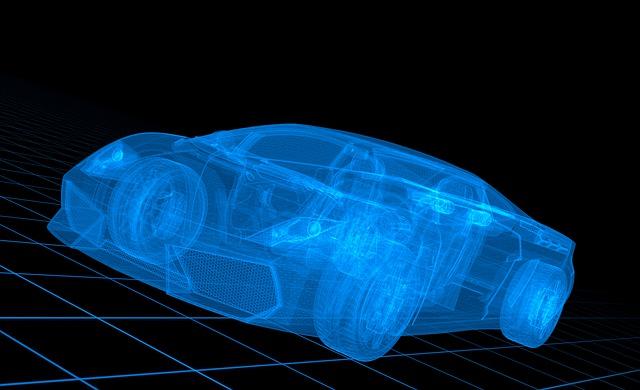If you have a physical product, it may be possible to protect the shape or exterior appearance with a registered design as well as a three-dimensional trademark. Both forms of protection have benefits and disadvantages.
Designs
The biggest benefit of a registered design compared to a trademark is that the threshold for getting the registration is relatively low. In order for a design to be registrable, it has to be “novel” (new) and have “individual character”. Novelty means that the same design has not been published before by the applicant or by anybody else. Individual character means that the overall impression of the design on the informed user must differ from the overall impression of any design that has been made available to the public. In simple terms, the design must be new and sufficiently dissimilar to other designs (products) already on the market.
This means that if you are thinking about registering a design, it should be done before the design is published. In the EU it is still possible to register a design within 12 months of its publication, but not all countries have this “grace period”. It’s always better to register the design before it is made public.
Getting a design registration in the EU is very fast. There is no substantive examination of the novelty or individual character. The threshold for registration is therefore very low.
Trademarks
For a three-dimensional trademark to be protectable, it needs to be distinctive. It is not enough that the shape or form is completely new, it needs to depart significantly from the norms or customs of the sector so the goods can be identified just by their shape. The mere fact that the shape is new and nobody else uses that shape is not enough. Small variations from shapes normally used for similar products do not make the shape distinctive and protectable as a trademark.


Some comparisons
The first clear difference is that the conditions for protection are very different. For trademark, the distinctiveness threshold is relatively high. The shape must be striking to be protectable. It is irrelevant if the shape is new or not. If anything, long use of the shape might increase the chances of trademark registration. For designs, the shape must be new and slightly different from what exists already. It does not need to be particularly striking or depart significantly from what exists already. Accordingly, the threshold for trademark registration is much higher than for design registration.
The second difference is that trademarks are limited to those goods and services that are identified in the application. The function of a trademark is to distinguish products from other similar products, so if somebody in another sector uses a similar shape, that could not be stopped. Design registrations protect the shape or appearance of the product, rather than the commercial source. Accordingly, design protection is not limited to any particular goods. A registered design can be used to block the use of a completely different product if the shape is the same. Designs enjoy broader protection in the sense that, unlike trademarks, they are not limited to the same and similar products.
While designs protect across product categories, another fundamental difference is that trademarks give much stronger protection when the products under comparison are the same or similar. With a registered trademark, you can block the use and registration of another trademark (including a shape trademark) if there is a “likelihood of confusion” in the mind of an average consumer who cannot compare the products side by side and has only an imperfect recollection of the shapes. This means that the differences between the shapes must be quite noticeable and memorable. Designs are compared differently. The scope of protection for designs is that the overall impression on the informed user is not different. If two designs (shapes) have a different overall impression in the eye of an informed user, the designs are sufficiently different. An informed user (designs) is more observant and knowledgeable than an average user (trademarks) and can therefore better distinguish two designs. This means in practice that the scope of protection of designs is narrower than that of trademarks. The result is that the products might be confusingly similar in trademark comparison but sufficiently different in design comparison.
The third difference is that designs have a limited lifespan. They can be valid for a maximum of 25 years. Trademarks do not have any limitation as to their validity, as long as they are renewed every 10 years. For example, US trademark registration No. 0022406 Coca-Cola (logo) in the name of The Coca-Cola Companyis still valid. It was registered on 31 January 1893.
So, taking all of this into account, what should you do?
If you have a truly striking shape of the product or packaging, you should try registering it as a trademark. The threshold for registration is high, but the protection is also stronger. If the shape is new and unique, but not particularly striking, you should protect it as a design. Of course, the best is if you can protect both the design and the trademark.



